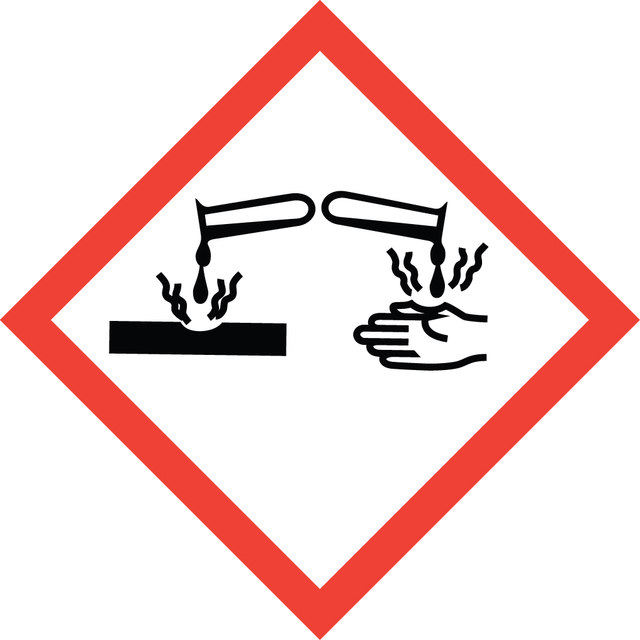Select a Size
About This Item
vapor density
5.4 (vs air)
Quality Level
vapor pressure
<1 mmHg ( 25 °C)
Assay
98%
form
liquid
contains
700-1000 ppm monomethyl ether hydroquinone as inhibitor
refractive index
n20/D 1.439 (lit.)
bp
182-192 °C (lit.)
density
0.933 g/mL at 25 °C (lit.)
storage temp.
2-8°C
SMILES string
CN(C)CCOC(=O)C(C)=C
InChI
1S/C8H15NO2/c1-7(2)8(10)11-6-5-9(3)4/h1,5-6H2,2-4H3
InChI key
JKNCOURZONDCGV-UHFFFAOYSA-N
Looking for similar products? Visit Product Comparison Guide
Related Categories
General description
Application
- Quaternized poly (DMAEMA) can be used to prepare highly efficient antibacterial magnetic particles. The high density of quaternary ammonium groups generated via surface-initiated ATRP are responsible for high antibacterial activity.
- Ag nanoparticles immobilized into a poly (DMAEMA) brush layer can be used as a sensor platform for the detection of organic molecules by surface-enhanced Raman spectroscopy (SERS).
- It can also be used to prepare stable polymer-based gene delivery systems.
Signal Word
Danger
Hazard Statements
Precautionary Statements
Hazard Classifications
Acute Tox. 4 Dermal - Acute Tox. 4 Oral - Eye Dam. 1 - Skin Corr. 1B - Skin Sens. 1
Storage Class Code
6.1A - Combustible acute toxic Cat. 1 and 2 / very toxic hazardous materials
WGK
WGK 1
Flash Point(F)
147.2 °F - closed cup
Flash Point(C)
64 °C - closed cup
Personal Protective Equipment
Regulatory Information
Choose from one of the most recent versions:
Already Own This Product?
Find documentation for the products that you have recently purchased in the Document Library.
Articles
With dentists placing nearly 100 million dental fillings into patients′ teeth annually in the U.S. alone, polymeric composite restoratives account for a very large share of the biomaterials market.
Discover hydrogels, biocompatible materials for drug delivery, tissue engineering, wound care, and 3D bioprinting in innovative biomedical applications
Our team of scientists has experience in all areas of research including Life Science, Material Science, Chemical Synthesis, Chromatography, Analytical and many others.
Contact Technical Service
